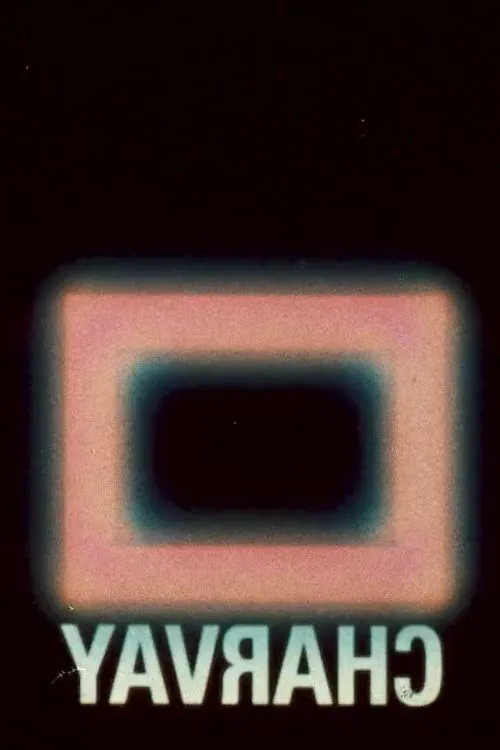TM

Plot
TM, a 2015 Spanish experimental short film directed by Isaac Correa, is a unique cinematic experience that defies traditional narrative storytelling. The film's name, TM, stands for "tuyo/mío," meaning "yours/mine" in Spanish, reflecting the core concept of the piece: a fragmented, intimate journey through a series of found footage images. The film begins with a series of grainy, flickering images, reminiscent of 1970s Spanish cinema. As the projection flickers by, the audience is immersed in a dreamlike atmosphere, with disjointed sounds, music, and ambient noise drifting through the speakers. The images themselves appear to be cut from various sources, including home movies, newsreels, and snippets of forgotten films. Each frame is cut in half by the projection, creating a hypnotic, staccato rhythm that mirrors the fragmented nature of memory. The film's narrative – if it can be called that – is deliberately elusive. There is no clear story, no characters, and no resolution. Instead, Correa offers a series of fragmented visions, each one more disorienting than the last. Time and space are distorted, with images from different eras and locations bleeding into one another. This creates a sense of disorientation, as if the viewer is trapped in a never-ending dream. One of the most striking aspects of TM is its use of sound. The music is haunting and atmospheric, with disembodied whispers and distant sounds that seem to emanate from another world. The soundtrack is often at odds with the visuals, creating a sense of tension and dissonance that is both disorienting and captivating. The soundscape is a key element of TM, serving as a counterpoint to the fragmented images and creating a sense of unease that draws the viewer deeper into the film's world. Correa's choice to use 16mm film projection is also noteworthy. The grainy, flickering images evoke a sense of nostalgia, as if the viewer is experiencing a series of forgotten or lost films. This approach adds to the sense of disorientation, as if the viewer is stumbling upon a series of strange and disconnected artifacts. The use of 16mm film also serves to emphasize the raw, unpolished nature of the footage, which adds to the sense of intimacy and immediacy. Throughout TM, Correa's use of found footage is innovative and provocative. He draws on a range of sources, from home movies to experimental films, creating a sense of eclecticism that is both fascinating and disorienting. Each frame is carefully selected and edited to create a sense of dislocation, as if the viewer is witnessing a series of disconnected fragments. The film's title, TM, also serves to underscore the themes of possession and ownership. Is the footage being presented as "yours/mine," implying a sense of intimacy and familiarity? Or does the title suggest that the footage is being presented as a mysterious, otherworldly entity, one that belongs to someone else? This ambiguity adds to the sense of disorientation, as if the viewer is trapped in a world where boundaries between self and other are constantly shifting. Ultimately, TM is a film that resists easy interpretation. It is a deeply personal and fragmented work, one that challenges the viewer to piece together the disjointed fragments that make up its narrative. Correa's use of found footage, projection, and sound serves to create a hypnotic, dreamlike atmosphere that draws the viewer deeper into his world. TM is a film that demands to be seen and experienced, rather than understood or analyzed. It is a true original, a work that pushes the boundaries of traditional narrative storytelling and challenges the viewer to think anew about the nature of film itself.
Reviews
Recommendations


